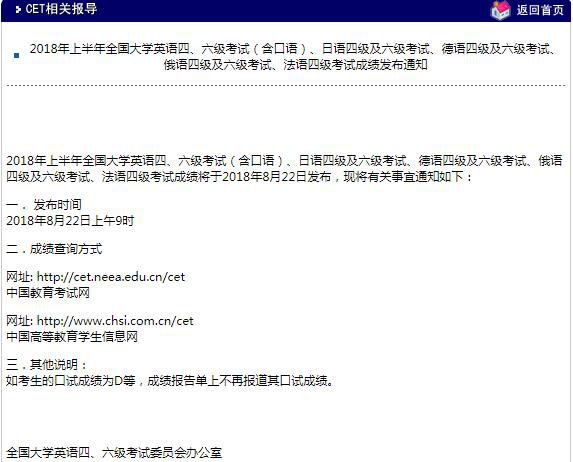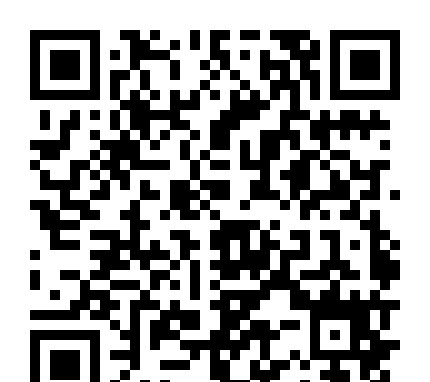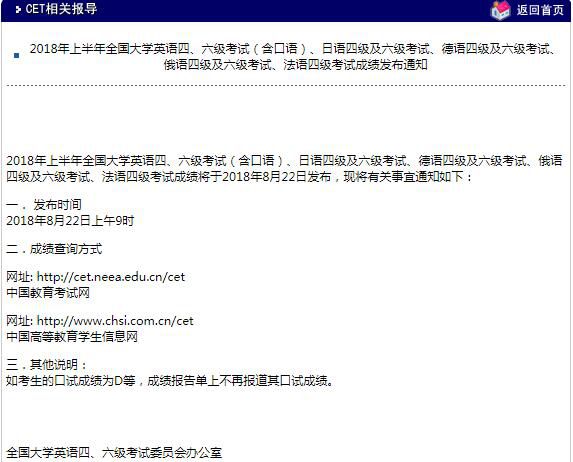GMAT阅读资料第51篇
|
When A. Philip Randolph assumed the leadership of the Brotherhood of Sleeping Car Porters, he began a ten-year battle to win recognition from the Pullman Company, the largest private employer of Black people in the United (5) States and the company that controlled the railroad industry's sleeping car and parlor service. In 1935 the Brotherhood became the first Black union recognized by a major corporation. Randolph's efforts in the battle helped transform the attitude of Black workers toward unions and (10) toward themselves as an identifiable group; eventually, Randolph helped to weaken organized labor's antagonism toward Black workers. In the Pullman contest Randolph faced formidable obstacles. The first was Black workers' understandable ( 15) skepticism toward unions, which had historically barred Black workers from membership. An additional obstacle was the union that Pullman itself had formed, which weakened support among Black workers for an independent entity. (20) The Brotherhood possessed a number of advantages, however, including Randolph's own tactical abilities. In 1928 he took the bold step of threatening a strike against Pullman. Such a threat, on a national scale, under Black leadership, helped replace the stereotype of the Black (25)worker as servant with the image of the Black worker as wage earner. In addition, the porters' very isolation aided the Brotherhood. Porters were scattered throughout the country, sleeping in dormitories in Black communities; their segregated life protected the union's internal (30) communications from interception. That the porters were a homogeneous group working for a single employer with single labor policy, thus sharing the same grievances from city to city, also strengthened the Brotherhood and encour- aged racial identity and solidarity as well. But it was only (35) in the early 1930's that federal legislation prohibiting a company from maintaining its own unions with company money eventually allowed the Brotherhood to become recognized as the porters' representative. Not content with this triumph, Randolph brought the (40) Brotherhood into the American Federation of Labor, where it became the equal of the Federation's 105 other unions. He reasoned that as a member union, the Brotherhood would be in a better position to exert pressure on member unions that practiced race restrictions. Such restrictions were eventually found unconstitutional in 1944. 1. According to the passage, by 1935 the skepticism of Black workers toward unions was (A) unchanged except among Black employees of railroad-related industries. (B) reinforced by the actions of the Pullman Company's union (C) mitigated by the efforts of Randolph (D) weakened by the opening up of many unions to Black workers. (E) largely alleviated because of the policies of the American Federation of Labor. 2. In using the word "understandable" (line 14), the author most clearly conveys (A) sympathy with attempts by the Brotherhood between 1925 and 1935 to establish an independent union. (B) concern that the obstacles faced by Randolph between 1925 and 1935 were indeed formidable (C) ambivalence about the significance of unions to most Black workers in the 1920's. (D) appreciation of the attitude of many Black workers in the 1920's toward unions. (E) regret at the historical attitude of unions toward Black workers. 3. The passage suggests which of the following about the response of porters to the Pullman Company's own union? (A) Few porters ever joined this union. (B) Some porters supported this union before 1935. (C) Porters, more than other Pullman employees, enthusiastically supported this union. (D) The porters' response was most positive after 1935. (E) The porters' response was unaffected by the general skepticism of Black workers concerning unions. 4. The passage suggests that if the grievances of porters in one part of the United States had been different from those of porters in another part of the country, which of the following would have been the case? (A) It would have been more difficult for the Pullman Company to have had a single labor policy. (B) It would have been more difficult for the Brotherhood to control its channels of communication. (C) It would have been more difficult for the Brotherhood to uild its membership. (D) It would have been easier for the Pullman Company's union to attract membership. (E) It would have been easier for the Brotherhood to threaten strikes. 5. The passage suggests that in the 1920's a company in the United States was able to (A) use its own funds to set up a union (B) require its employees to join the company's own union (C) develop a single labor policy for all its employees with little employee dissent. (D) pressure its employees to contribute money to maintain the company's own union (E) use its resources to prevent the passage of federal legislation that would have facilitated the formation of independent unions. 6. The passage supplies information concerning which of the following matters related to Randolph? (A) The steps he took to initiate the founding of the Brotherhood (B) His motivation for bringing the Brotherhood into the American Federation of Labor (C) The influence he had on the passage of legislation overturning race restrictions in 1944 (D) The influence he had on the passage of legislation to bar companies from financing their own unions (E) The success he and the Brotherhood had in influencing the policies of the other unions in the American Federation of Labor |








